Tokyo restaurant doesn’t tell you its name unless you ask, makes us appreciate life’s surprises
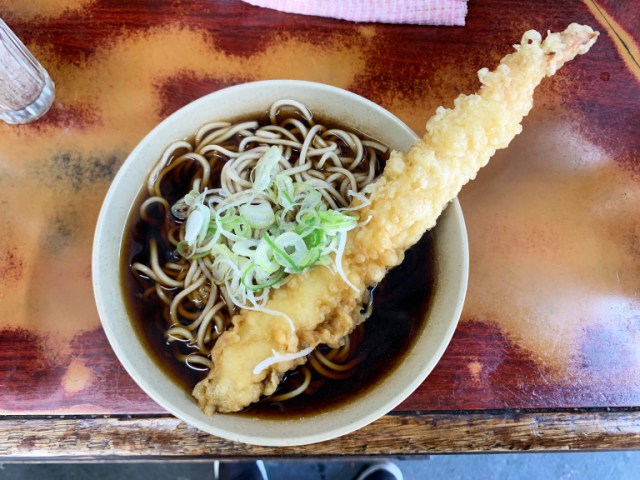
Not far from Akihabara, there’s a soba spot that gave us food to eat and food for thought.
A lot of restaurants in Japan don’t want to waste space on their signs writing their name, because they’d rather focus on communicating what kind of food they offer. For example, on a recent walk through Tokyo’s Higashi Kanda neighborhood, not far from Akihabara, we spotted this yellow sign.

The そば part reads “soba,” letting us know that the restaurant serves up buckwheat noodles. The 立食 part, tachigui, isn’t the place’s name either, just a term used to describe “stand and eat” restaurants where you wat at a counter with no chair.
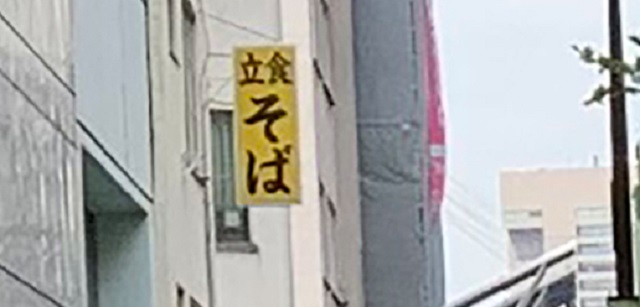
But hey, that was all the sign needed to pique the interest of our Japanese-language reporter Seiji Nakazawa. Seiji loves soba, and he loves the ultra-affordable prices of tachigui joints, so decided to check the place out.
Still, he couldn’t help but feel a little curious about what the name of the place is, so as walked up to the building he scanned the walls, windows, and awning.
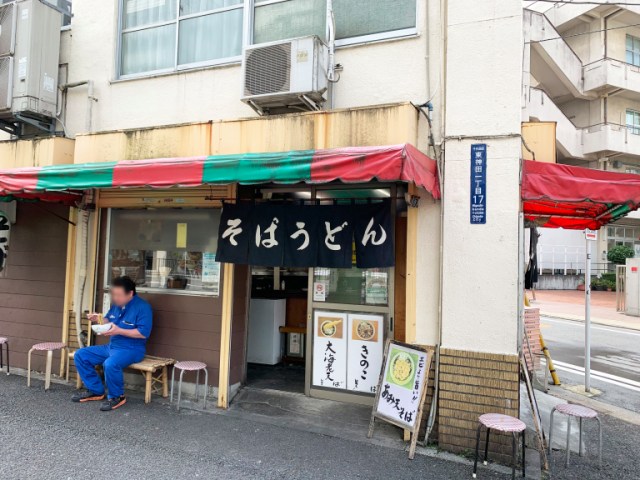
There were no hints, though. Even the noren, the cloth drapery hanging in front of the entrance, just said “soba udon,” informing him that diners can choose between those two kinds of noodles.
So he walked around to the other side of the restaurant…
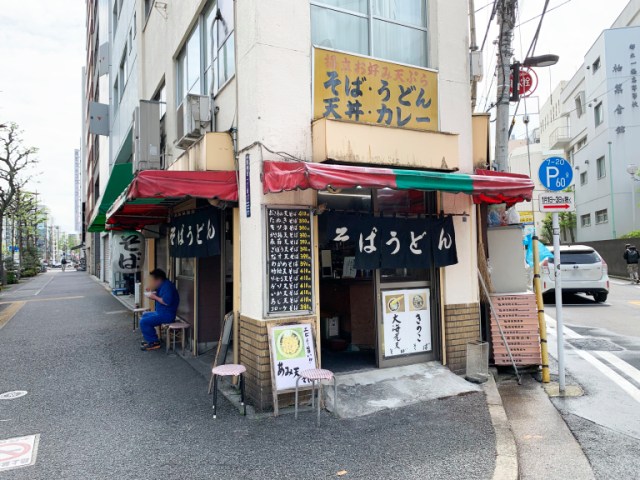
…but again, all he saw were names of food: “Soba.” “Udon.” “Tendon (tempura rice bowls).” “Curry.” Not so much as a single clue as to what the name of the restaurant is.
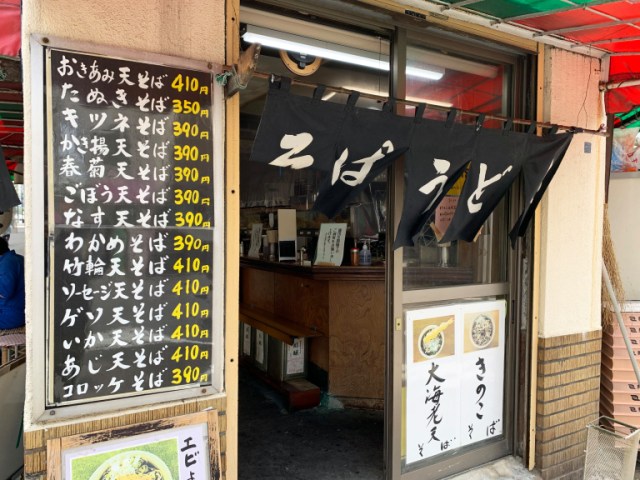
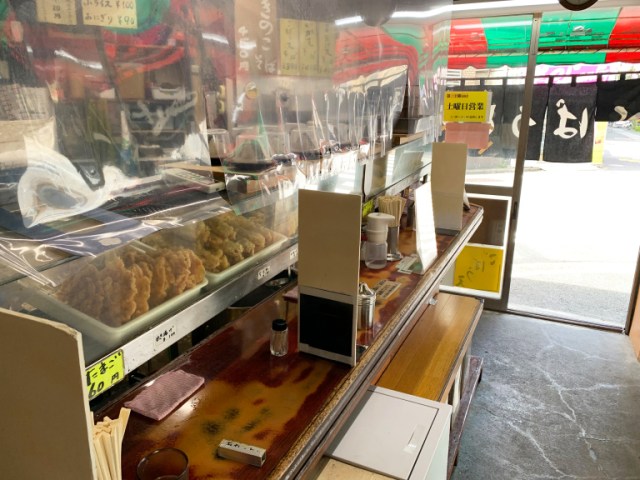
Realizing there was no other way to satisfy both the hunger in his belly and the curiosity in his mind, Seiji stepped inside and asked the man behind the counter, Maeda, who turned out to be the restaurant’s owner.
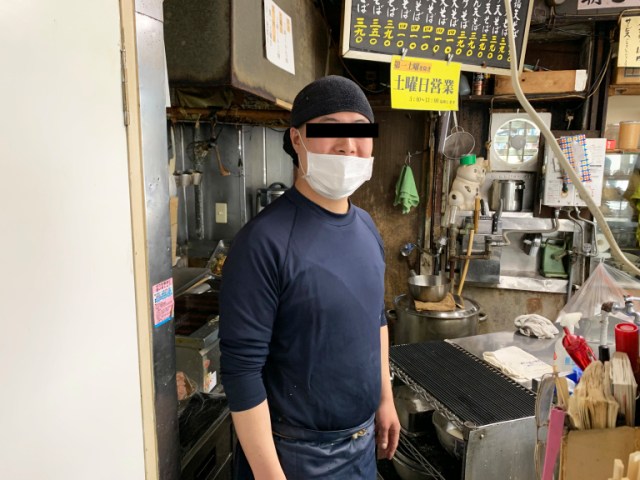
“Excuse me, what’s the name of this restaurant?” Seiji said, to which the man promptly answered “Soba Sen.”
Ah ha! So it does have a name. But then…why isn’t it written anywhere?
Maeda explained:
“This restaurant has been in business here for about 50 years, but in the beginning it didn’t have any set name. People just called it ‘the yellow sign soba place’ or ‘Ito,’ the name of the previous owner. I’m just carrying on that tradition of not writing the restaurant’s name on our sign.”
But while his appreciation for tradition gives Soba Sen a connection to its past, Maeda isn’t a completely old-school guy. He worked in IT until about five years ago, and even now enjoys building PCs as a hobby.
▼ By this point in their conversation, Seiji’s 410-yen (US$3.95) soba, with its jumbo tempura shrimp, was ready.
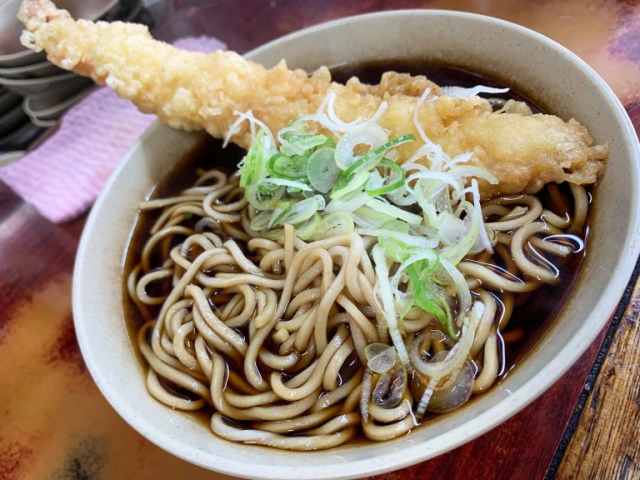
So how did Maeda got from the world of high technology to the one of soba noodles?
“My mom worked here for 20 years, starting out as a part-timer and working her way up until she took over as owner from the person who hired her. About five years ago, though, she was looking to retire, and there wasn’t anyone to take over from her. So I agreed to help out in the restaurant for a couple of months, and before I realized it I’d been here for so long that I ended up becoming the owner.”
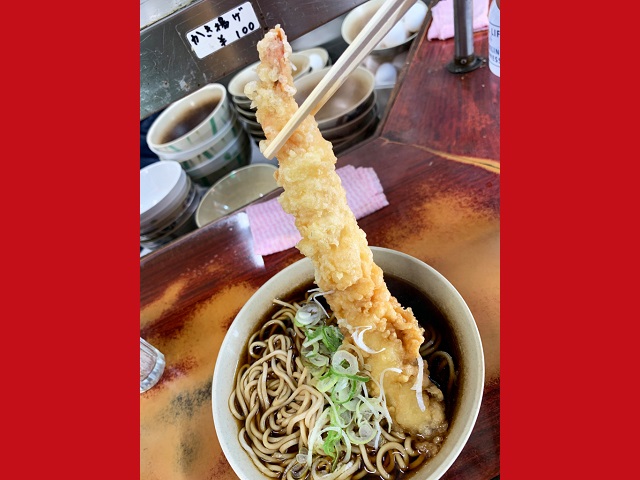
Soba Sen’s noodles, with their flavorful broth, are fortifying and tasty, and felt even more so as Seiji reflected on how they’re made by someone who hadn’t even really planned on becoming a soba pro in the first place.
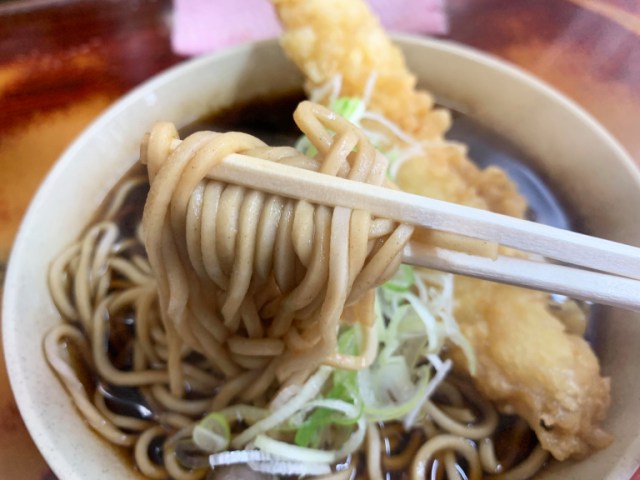
“You never know where life is going to take you,” thought Seiji as he slurped his soba. Sometimes not knowing what your next adventure is going to be makes it all the more special, though, just like going into a restaurant you don’t know the name of gives the food, and the experience, its own special flavor.
Restaurant information
Soba Sen / そば千
Address: Tokyo-to, Chiyoda-ku, Higashi Kanda 1-17-4
東京都千代田区東神田1-17-4
Open 3 p.m.-7 p.m.
Closed Saturdays, Sundays, Holidays
Photos ©SoraNews24
● Want to hear about SoraNews24’s latest articles as soon as they’re published? Follow us on Facebook and Twitter!
Credit:

0 comments: